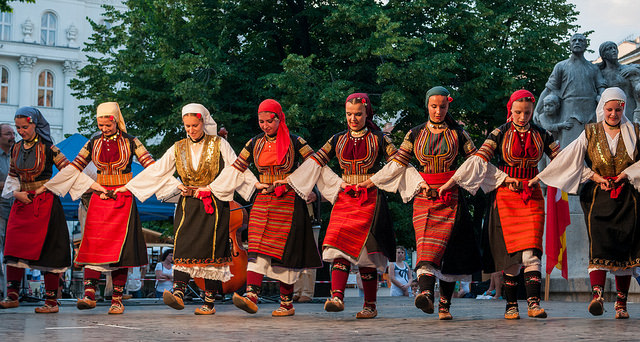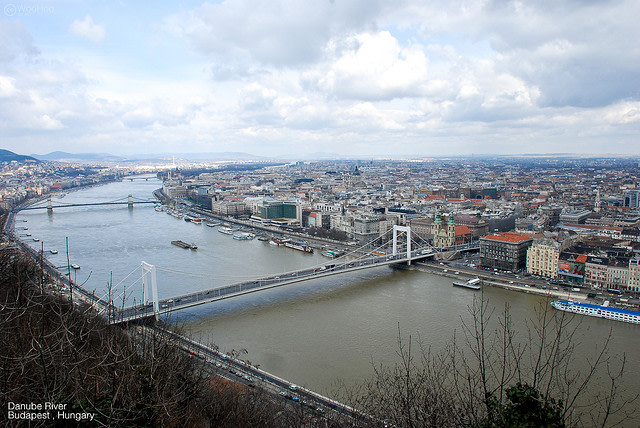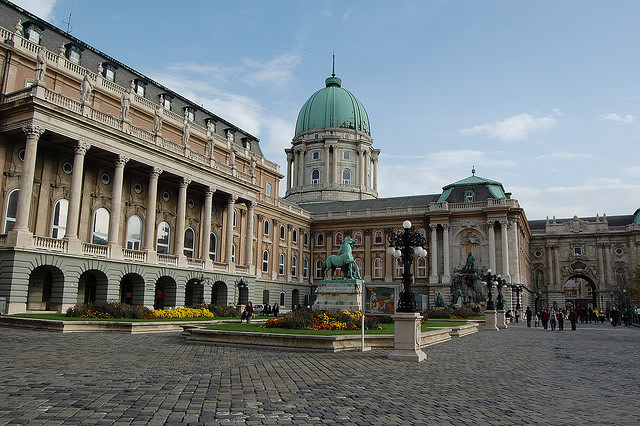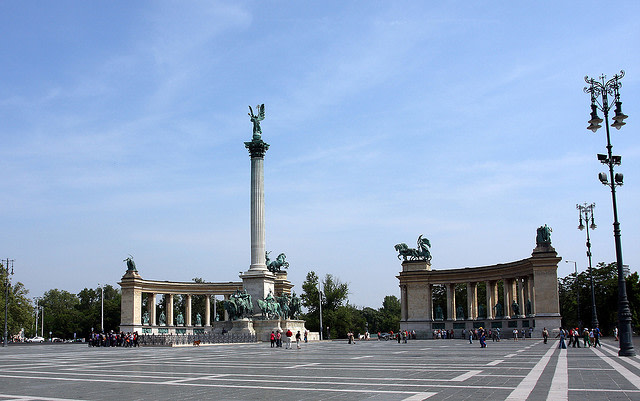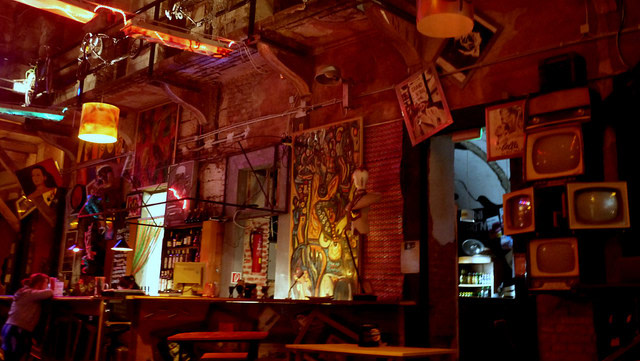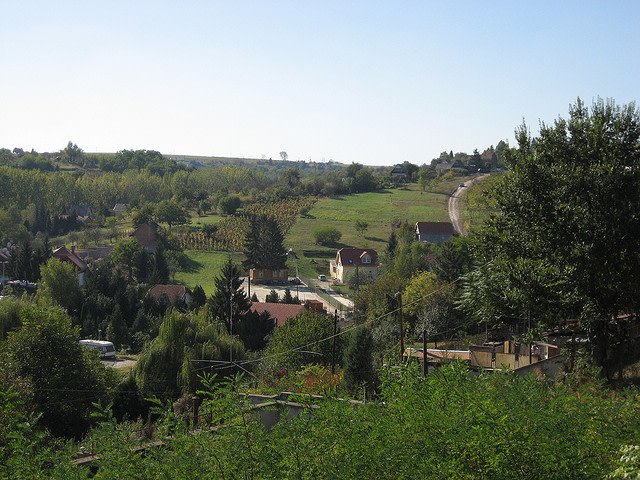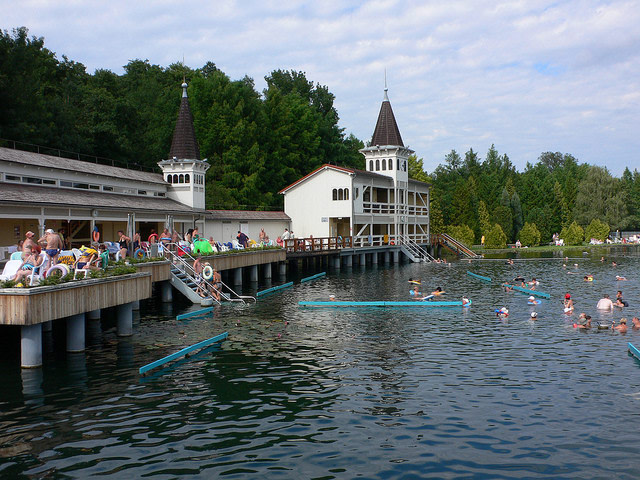| 7 mins read
By Jennifer Mullen
If Hungary were a person, she would be clothed in a dress the color of paprika and have locks of fine grey hair, is one of the oldest nations in Europe, with her birth dating back to the Middle Ages. She would sport a fiery temperament; after all her ancestors were the Magyars, but also a proud disposition, due to her royal Habsburg pedigree. Having survived several decades of Communist rule, she would now be enjoying her unique cultural identity again, possibly over a hearty bowl of goulash and a fine red Bull’s Blood wine.
Hungary lies in the heart of Europe, bordered by Austria, Slovakia, Ukraine, Romania, Serbia, Croatia, and Slovenia. Her landscape is to a large extent still covered in cool green native forests, worthy of a Grimm Brothers’ fairy tale. She also has mountains, grand planes, pastures, marshes, and meadows, along with sweeping rivers, such as The Danube. If you ask a Hungary tour guide what differentiates this country from her neighbours, they would certainly say that Hungary has a very individual cultural identity, particularly the language. Hungarian is not an Indo-European language and therefore does not have much in common with the Slavic languages of her neighbours. In fact, the only two other languages in Europe, which are vaguely related, are Finnish and Estonian. Saying that, with Hungary’s entry into the EU and her economy in transition, English is very widely spoken.
When traveling to Hungary, most visitors start off at Budapest, or the “Queen of the Danube”, as the city is sometimes referred to. Budapest dates back to Celtic and Roman times, and although on opposite sides of the Danube River, “Buda” and “Pest” did not become one until as late as 1873. Nowadays you can easily hop from one to the other over the iconic bridges, each with individual names and characters: Chain, Liberty, Elizabeth, Megyeri, Arpad, Margaret, Petofi and Lagymanyosi.
Budapest is one of those grand cities Europe, whose rich heritage flows as freely as the fifteen million gallons of water which bubble daily through the city’s 118 springs and boreholes. The most famous place to experience this is at the Hotel Gellert. Ask your Budapest tour guide to give you a crash course in central European history, as this will help you appreciate how the jigsaw puzzle fits together (speaking of toys, the famous colourful Rubik cube was invented by the Hungarian Erno Rubik).
Roman ruins can be seen at the Aquincum Museum, which shows how this civilization lived in “Pannonia”. Impressive Ottoman architecture in the form of functioning Turkish bathhouses, dating back to 16th century can be found at places such as the Kiraly baths, Veli Bej and the Rudas Baths. The St Anna Church with its twin spires is one of the most impressive examples of Baroque style architecture in Budapest. Likewise, the turquoise dome of the Royal Palace on Castle Hill seems almost to be beckoning visitors, being visible from nearly all over the city.
For 20th century history enthusiasts, Heroes’ Square has been a key location in contemporary Hungarian history for gatherings. It contains memorials to the Seven Chieftains of the Magyars and other important national leaders, as well as the Tomb of the Unknown Soldier.
Night owls will be delighted to hear that Budapest has a lively bar and restaurant scene. For a night out with a difference try visiting a new phenomenon of pubs, called Ruinpubs, which have been popping up for several years. These watering holes are set up in disused buildings and are known for their cheap beer, lively music, and interesting décor, often by contemporary artists. The furniture is a shabby chic eclectic mix from second-hand shops, whether it is old electronic devices, dusty bikes, even vintage Russian cars!
Getting out of Budapest, the scenic town of Visegrad is a comfortable distance 25km by River and is famous for its 13th century fort, perched high on the hill. The castle was used as a stronghold for Hungarian kings, and if you decide to hike up to the top, you will appreciate why this town had such a strategic position, with its views of the Danube.
Another interesting town from a historical perspective is Pecs, as since its Roman birth it has passed though the hands of many armies, such as Charlemagne, the Ottoman Turks, the Croats and the Viennese. Nowadays the main armies are of tourists and students, enjoying the museums and famous ceramics. If you visit in summer, the best spot for people watching is on Kiraly Street, with its charming architecture and cafes.
Since the demise of the Red Army, a different type of “red” is taking centre stage in Hungary, namely their wine. The Bull’s Blood wine produced around the quaint medieval town of Eger has had a vivid reputation for centuries. The story goes that during the siege of the castle, the Hungarians circulated the rumour that their wine was actually the blood of bulls, in order to terrify the Turkish army. Nowadays, you can take a wine tour in the Valley of the Beautiful Women, where you can sample wines sold directly by the local wine merchants. Eger is also home to Hungary’s second largest Basilica and the aforementioned castle is also still very well preserved.
Lake Balaton is a popular holiday destination in Hungary, with its mountainous region of the northern shore being admired for its historic character and picture perfect wine region, whilst the flat southern shore is best known for small spa towns. One of these is Heviz, which has its own geological curiosity by way of Europe’s largest thermal lake. Beautiful lilies, worthy of an Impressionists painting, frame the lake and help to protect the lake and its medicinal mud.
A trip to Hungary will really leave you with the impression that their 1000-year-old culture and traditions are thriving today. Their dishes flavoured with spicy paprika, accompanied by swirling notes of a folk dance will leave a lasting impression for many years to come. Therefore, raise your glass of Bull’s Blood and work on your Hungarian pronunciation for toasting the health of the locals: “Egészségedre!”
(Jen Mullen is a seasoned traveler, having lived and worked in the UK,Germany, Switzerland, Australia and most recently Southern India. In her opinion, the best parts about traveling are meeting the locals, sampling as much new food as possible and making an effort to learn new languages)
Image Details and Licenses: https://flic.kr/p/6juSSk (Pongtada Chaiyacupt, CC BY-NC 2.0), https://flic.kr/p/deLZvJ (Miroslav Petrasko, CC BY-NC-ND 2.0), https://flic.kr/p/9hzav2 (Tiia Monto, CC BY 2.0), https://flic.kr/p/xAu5F (despitz, CC BY-NC-ND 2.0), https://flic.kr/p/5GchXt (Omar A., CC BY-SA 2.0), https://flic.kr/p/7VSjyS (Andrew Luter, CC BY-NC 2.0), https://flic.kr/p/6rZyVc (Hillarie, CC BY-NC-ND 2.0), https://flic.kr/p/hZYUyZ (chrisUK, CC BY-NC-ND 2.0), https://flic.kr/p/aozR1y ((rinse)CC BY-ND 2.0), https://flic.kr/p/4WsTm (Aaron Ray, CC BY-NC-SA 2.0), https://flic.kr/p/r5LoE (Rich & Cheryl, CC BY-NC-SA 2.0), https://flic.kr/p/8WRJNE (Heather Cowper, CC BY 2.0), https://flic.kr/p/6kMow7 (Bogdan Zaharie, CC BY-NC 2.0), https://flic.kr/p/qNwZCV (Wilfredo Rodríguez, CC BY-NC-ND 2.0)


